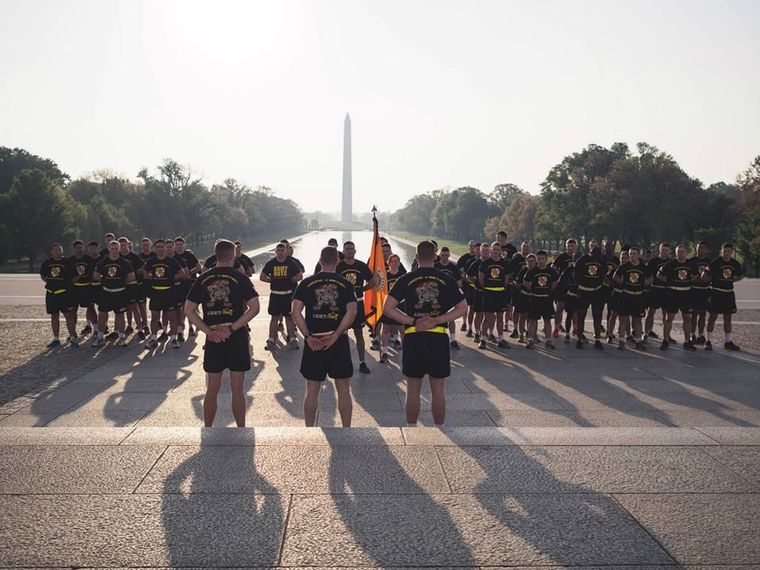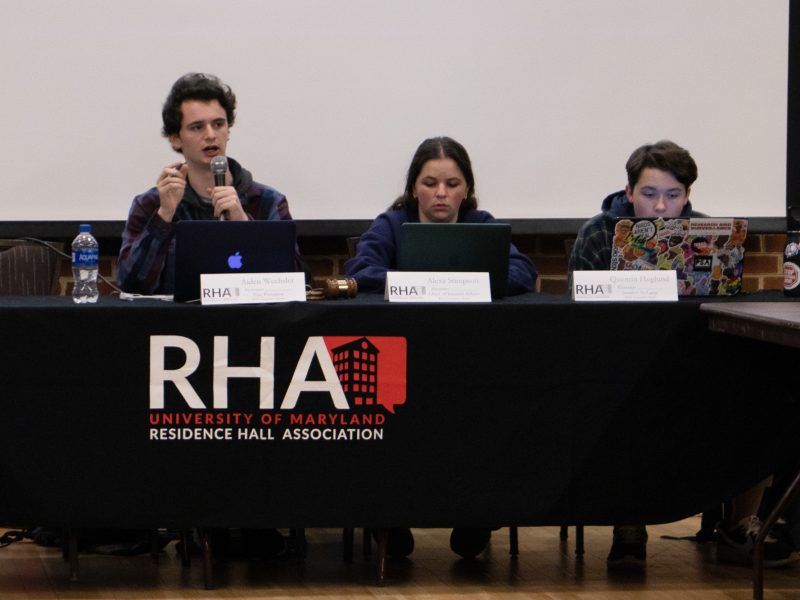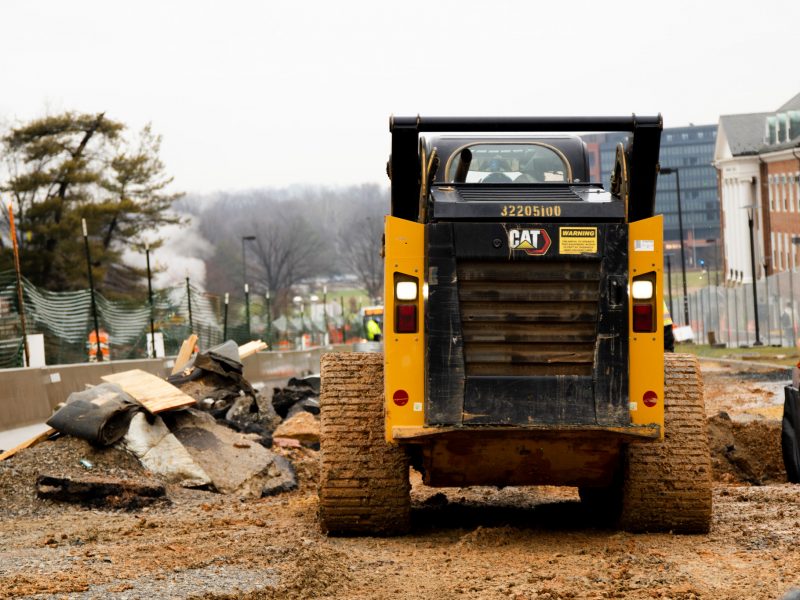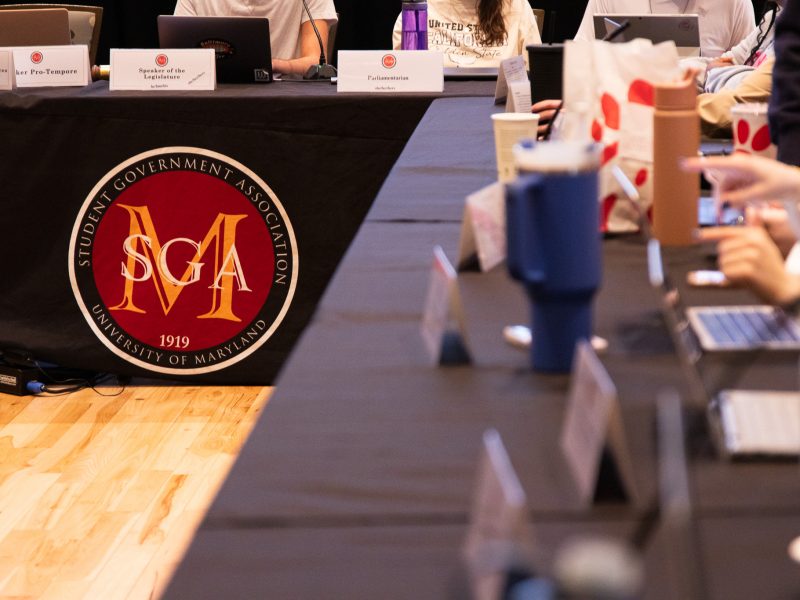To senior business student Jose Mosquera, being a Reserve Officer Training Corps cadet in college is something like living a double life.
“You’re a college student,” Mosquera said, “but at the same time, you put the uniform on, trying to become an army officer, [and you] do all this additional training.”
It’s a double life that more than 600,000 officers have chosen in 275 programs in all 50 states, plus Guam and Puerto Rico. Students have been a part of the University of Maryland’s ROTC program since 1916, and the program is celebrating its centennial anniversary this year.
On this campus, things have changed significantly in those 100 years — at the program’s outset, every student on the campus was required to take part in military drills because of the school’s status as a land-grant university, said Lt. Col. Larry Rentz Sr., the university’s Army ROTC program director.
In honor of the centennial, ROTC is holding celebrations that include a visit by Junior Reserve Officer Training Corps cadets from local high schools and a small Hornbake Library exhibit featuring the university program’s history.
When the program was first created, ROTC only included the Army, and students used the field by Morrill Hall for drills, said Rachel Blaszkowsky, a sophomore history major and second-in-command of the university program’s color guard. This year, the program moved from Cole Field House to Reckord Armory.
After World War II, the Army believed that the next war would “be fought from the air with nuclear weapons,” Rentz said, and the Air Force program replaced the Army’s. The Army program returned to the campus in 2001.
For each of the past 13 years, the university’s ROTC has placed in the top three at Ranger Challenge, which tests how well cadets would do on a mission, Blaszkowsky said.
Last year, they also won the MacArthur Award, given to the best battalion in the brigade.
“We show that these programs do work and they produce a lot of great officers, a lot of diverse officers,” Mosquera said. “It’s really important for the Army to honor our tradition.”
Blaszkowsky stressed that the campus isn’t as “pro-military” as some might believe.
“It shows that people really care about the country,” she said. “Some of the most amazing people I’ve ever met on campus are from ROTC.”
Cadet Battalion Executive Officer Carol Amadee said the ROTC program is comprehensive, noting that it incorporates both military training and academics as cadets progress from freshmen to seniors.
“When you’re a freshman, it’s just your squad,” the senior Arabic studies major said. “You get to know your team members and your squad leader and you learn how to interact with them. When you’re a sophomore, you gain a little bit more responsibility; you become a team leader.”
By the time cadets become juniors and seniors, they must communicate with the entire ROTC battalion, although there are a variety of different jobs and ways that is accomplished.
All students, from freshmen to seniors, show up to company platoon — a mock mission in which cadets stay in the woods for two hours and someone role-plays as the enemy, Blaszkowsky said.
Despite their work outside of class, Mosquera said, the officers are students too — no one is superhuman.
“A lot of times people get this opinion that we’re doing something that they couldn’t do,” Mosquera said. “Although it’s a difficult program, they could do it too.”




